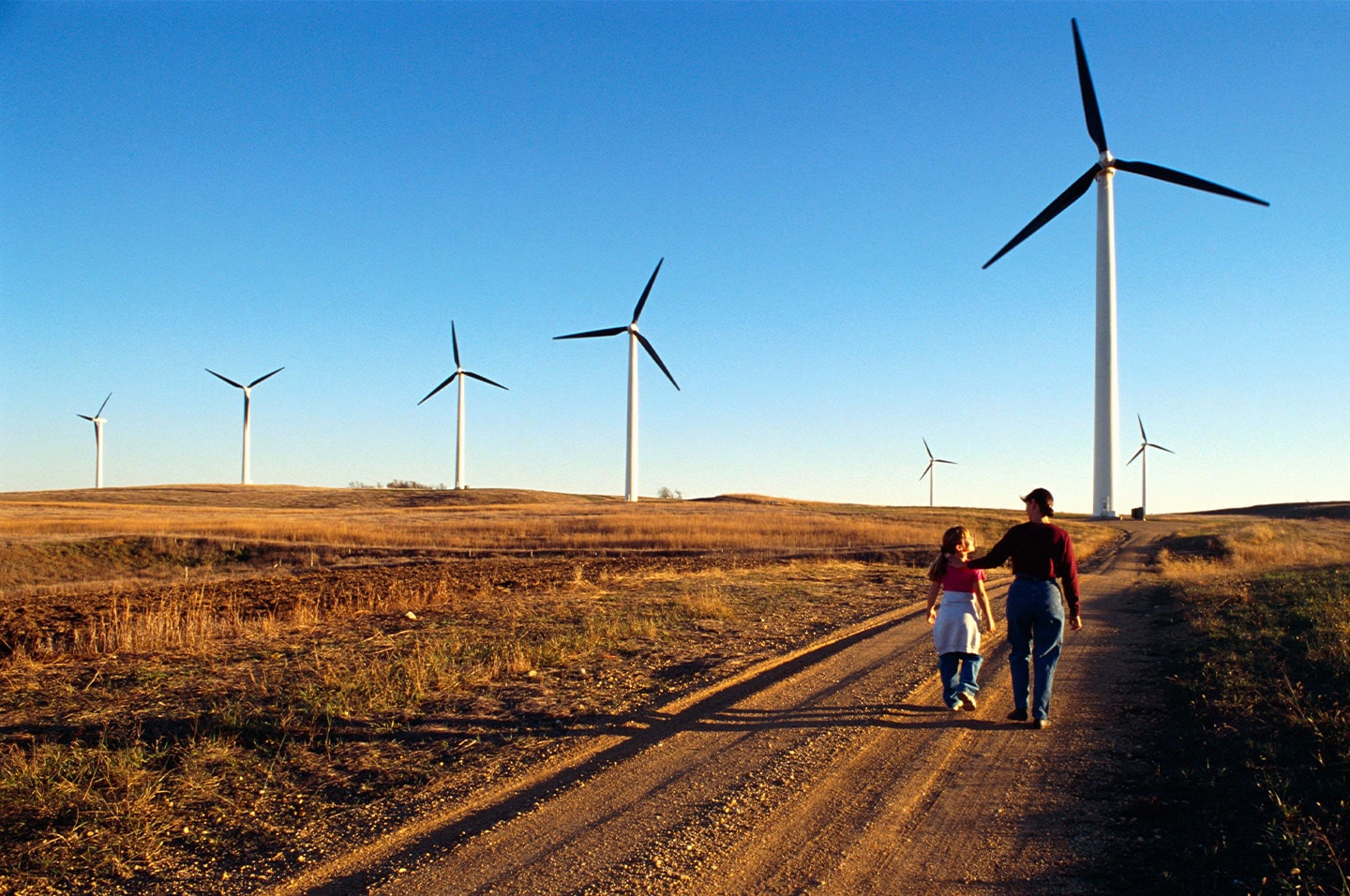About
Renewable energy zones (REZs) will group new wind and solar power generation into locations where it can be efficiently stored and transmitted across NSW. Five zones have so far been identified and will keep NSW electricity reliable as coal-fired power stations retire, delivering large amounts of new energy to power our regions and cities.
These REZs will help deliver lower wholesale electricity costs and place downward pressure on customer bills through increased competition, while also supporting new local jobs and business opportunities during construction and operation. REZs will reduce carbon emissions by delivering a greater mix of renewable energy to the National Electricity Market (NEM), supporting NSW and Australia’s net-zero ambitions.
In addition to providing reliable clean energy for NSW consumers, the REZs will help service the growing energy needs of emerging green manufacturing, energy intensive agriculture and export market opportunities. This makes REZs the ideal place to both generate and use renewable energy and affords the regional communities hosting these zones with substantial opportunities to capitalise on and share in the benefits of the energy transformation.
Benefits
REZs and the Electricity Infrastructure Roadmap (the Roadmap) will deliver multiple benefits for NSW.
- The Roadmap is expected to deliver up to $32 billion in private sector investment and support around 6,300 construction and 2,800 ongoing jobs in 2030.
- Reduced wholesale electricity costs will result in energy bill savings (compared to costs if the Roadmap was not implemented).
- Reliable energy will be provided by significant amounts of new renewable energy supply, storage and firming.
- Local community benefits through strategic planning, best-practice engagement and formalised benefit sharing arrangements.
- Community enhancement funds to host communities.
- Improved competitiveness of regional energy-intensive industries.
- A cleaner energy sector and emissions reduction.
